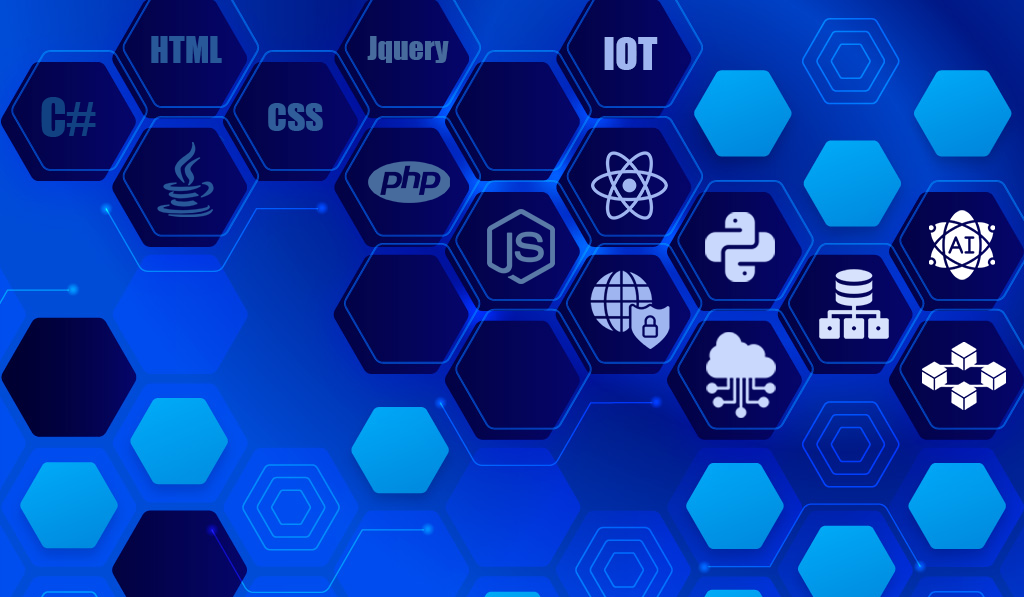




The traditional IT sector is facing significant challenges in the midst of rapidly evolving technologies.
To remain relevant and competitive, it is crucial for the traditional IT sector to address these
challenges and adapt to the changing landscape. Here are some of the key obstacles and potential solutions
for companies to adapt to the changes.
1. Skill Gaps and Reskilling:
Emerging technologies such as AI, ML, blockchain, and IoT require specialized expertise that is often
lacking in the traditional IT workforce. To bridge this gap, companies must invest in training programs,
partnerships with educational institutions, and certification initiatives. By upskilling their workforce,
companies can ensure they have the necessary expertise for emerging technologies.
2. Legacy Systems and Integration:
Many traditional IT systems are built on outdated technologies that are not easily compatible with new
advancements. Integrating legacy systems with modern platforms and applications can be complex and
time-consuming. To tackle this challenge, companies can adopt a phased approach, gradually modernizing
their infrastructure. Utilizing APIs, microservices, and cloud-native architectures can facilitate
seamless integration and future scalability.
3. Cybersecurity and Data Privacy:
As technology evolves, so do the threats to cybersecurity. Firms often struggle to keep up with the
increasing sophistication of cyber attacks. Enhancing cybersecurity measures, implementing robust
encryption techniques, and adopting a proactive approach to risk identification and mitigation are
crucial. Collaboration with specialized cybersecurity firms, regular audits, and staying updated on
industry best practices can help mitigate these challenges.
4. Agility and Flexibility:
Traditional IT firms can be hindered by rigid processes and hierarchical structures, making it challenging
to respond quickly to changing business needs. Embracing agile methodologies such as DevOps and lean
development practices can help overcome these challenges. Implementing cross-functional teams, adopting
agile project management frameworks, and fostering a culture of continuous improvement will enable
organizations to be more agile and responsive.
5. Client Expectations and User Experience:
As technology advances, clients expect personalized and seamless experiences. Traditional IT firms may
struggle to meet these demands due to legacy systems and outdated approaches. Investing in user-centric
design, gathering customer feedback, and leveraging emerging technologies like AI and analytics can help
understand customer preferences and deliver tailored experiences.
6. Cultural Resistance to Change:
Cultural resistance to change is another significant challenge. Fear of job displacement and reluctance to
adopt new technologies can impede progress. To overcome this, organizations should focus on change
management, fostering a culture of innovation, and creating a supportive environment for experimentation
and learning. Open communication, employee involvement, and clear communication about the benefits of
embracing new technologies can help alleviate resistance.
In conclusion, the companies faces various challenges in the face of evolving technologies. By addressing
skill gaps, integrating legacy systems, enhancing cybersecurity, embracing agility, meeting client
expectations, and managing cultural resistance, firms can modernize their traditional structures and
processes for a successful future. Proactive efforts to upskill employees, adopt modern technologies, and
foster a culture of innovation will empower firms to thrive in the evolving technological landscape.